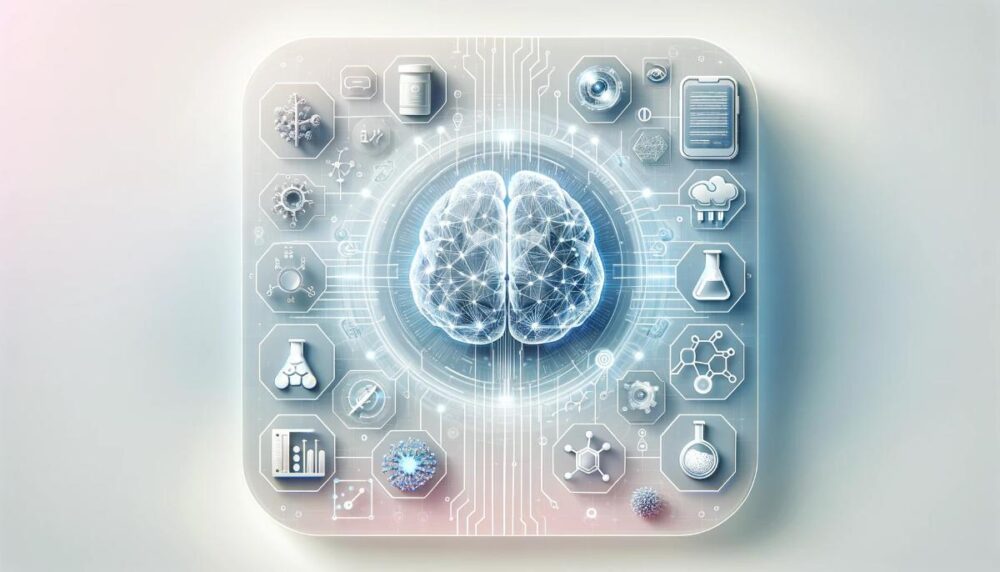Can Artificial Intelligence Put an End to Animal Testing?
From animal lovers to lab technicians, no one enjoys conducting scientific experiments on animals. These tests are performed to ensure the safety of medicines and other substances for humans. For years, researchers have been searching for alternatives, and now artificial intelligence (AI) is accelerating this process.
How AI Is Changing Animal Testing
One application of AI in this field is using it to analyze all existing animal testing data to avoid unnecessary new experiments. Joseph Manuppello, a senior analyst at the Physicians Committee for Responsible Medicine (USA), notes that scientists often struggle to sift through decades of data to find the information they need. “I’m very excited about using AI models like ChatGPT to extract and synthesize all available data and make the most of it,” says Manuppello.
Professor Thomas Hartung, a toxicology expert at Johns Hopkins University and director of the Center for Alternatives to Animal Testing, claims that AI works as well as, and sometimes better than, humans at extracting information from scientific papers. One of the main reasons for current animal testing is the need to check new chemicals—over a thousand of which appear every year. Professor Hartung emphasizes that trained AI systems are starting to determine the toxicity of new chemical compounds, which could significantly simplify and speed up the process.
AI provides “a huge leap forward” in the power and accuracy of toxicological research, Hartung adds. He notes that AI is now involved at every stage of toxicity testing and is even used to create new drugs.
Challenges and Limitations of AI in Testing
However, AI systems are not flawless when it comes to determining the safety of chemicals. One issue is so-called data bias. For example, if algorithms are trained mostly on data from one ethnic group, their conclusions may not be suitable for people of other backgrounds. At the same time, testing human drugs on animals is sometimes ineffective. For instance, the arthritis drug Vioxx passed animal testing but was later withdrawn from the market due to increased risk of heart attacks and strokes in humans. Conversely, aspirin, which is toxic to rat embryos, is widely used.
AI Projects Aiming to Replace Animal Testing
One AI project aimed at replacing animal testing is called AnimalGAN. Developed by the U.S. Food and Drug Administration (FDA), this software is designed to accurately predict how rats will react to various chemicals. A similar international project, Virtual Second Species, is creating a virtual dog trained on historical dog testing data.
Katy Vickers, Head of Innovation at the UK’s National Centre for the Replacement, Refinement and Reduction of Animals in Research, explains that new drugs are first tested on rats and dogs to check for potential toxicity before human trials begin. The main challenge for AI in testing is gaining regulatory approval. Dr. Vickers admits that “full acceptance will take time.”
The Future of Animal Testing and AI
Emma Grange, Director of Science and Regulatory Affairs at Cruelty Free International, argues that every effort should be made to end animal testing. “It’s currently unclear how or if AI can lead to the complete end of animal testing, rather than just its reduction or improvement,” she says. However, she emphasizes that using animals to protect human health and the environment is outdated, and hopes that AI will play a role in moving away from animal use in research.
Nevertheless, Kerstin Kleinschmidt-Dorr, Chief Veterinary Officer at the German pharmaceutical company Merck, states that animal testing cannot disappear overnight. Her company supports the Virtual Second Species project. “The use of animals is necessary and, for many reasons, mandatory,” she says. “But we believe in a future where we find better solutions that don’t require animal testing to address existing problems.”



